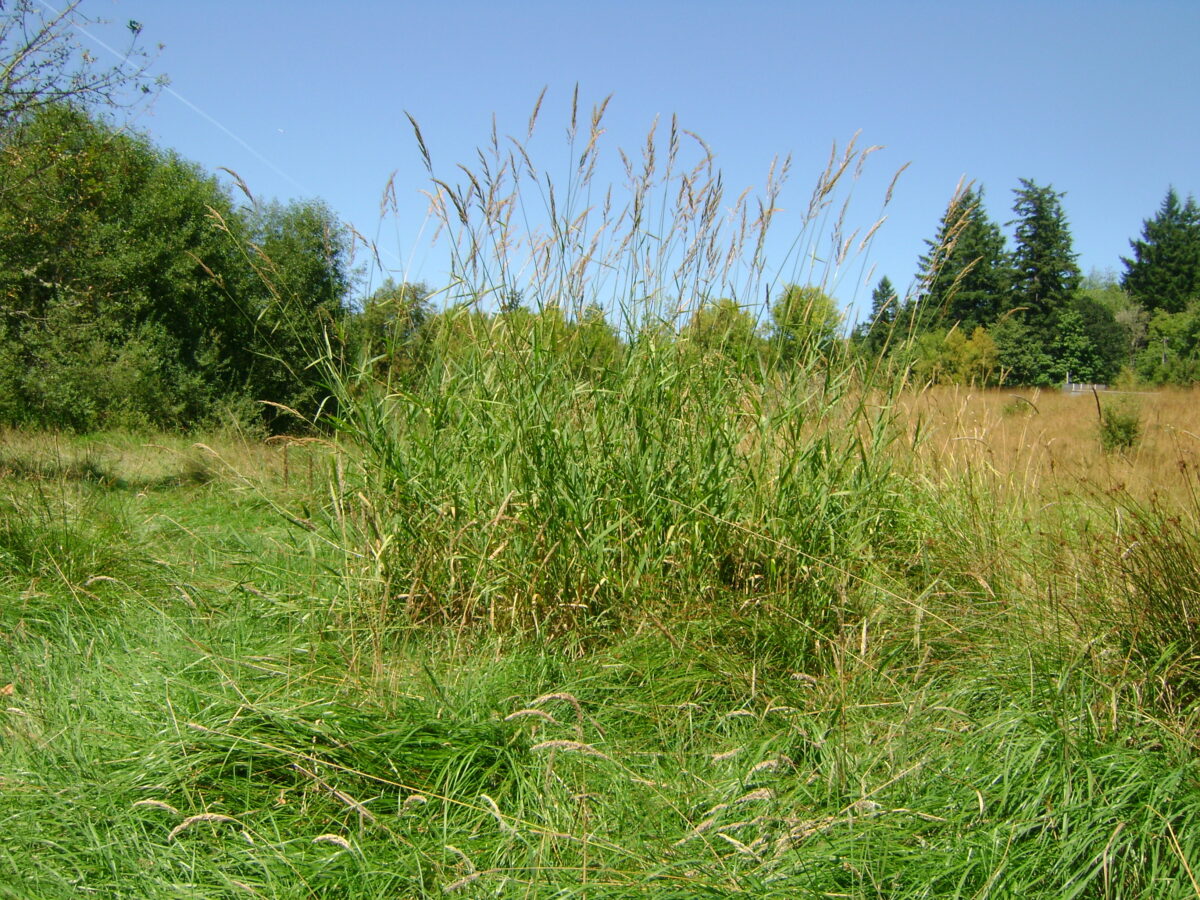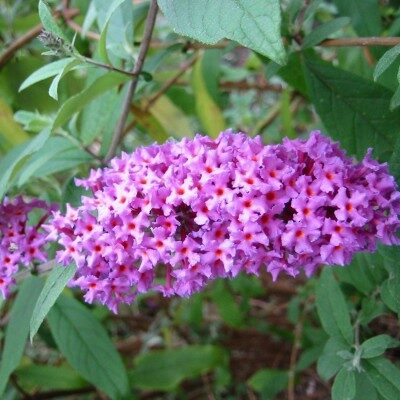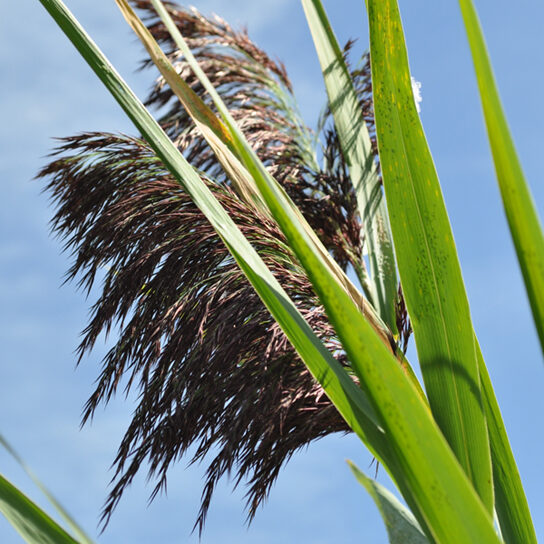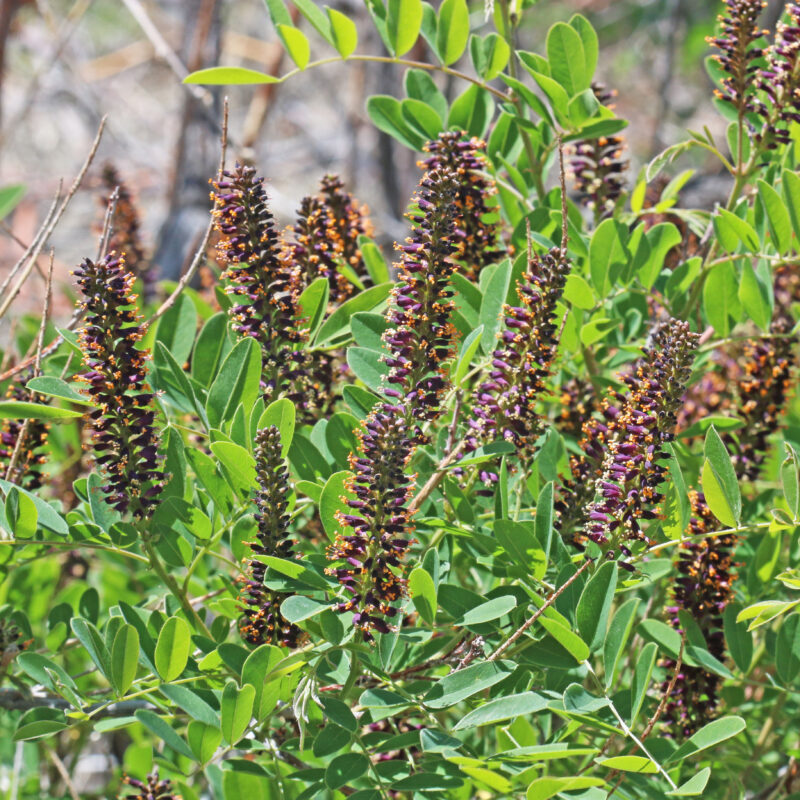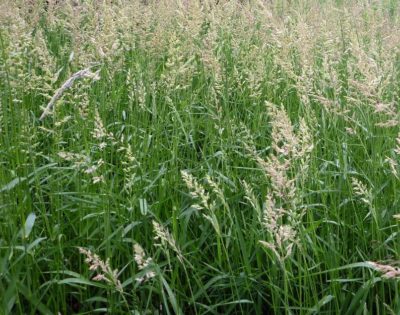
Reed canarygrass, (Phalaris arundinacea L.), is a vigorous, long-lived, sod-forming grass. It is a widespread perennial species native to Europe, Asia, and parts of North America, including southern Alaska and Canada. While it was once planted as forage for cattle, the species grows into thick sod very quickly, out-competing native plants, and can be expensive to control or eradicate. It also does not provide much benefit to wildlife.
The numerous broad, somewhat harsh, erect leaves are dominantly basal and the coarse. Erect stems may reach a foot and a half tall. Seed is borne in an open panicle which ripens from the top down and shatters readily as it matures. Reed canarygrass can withstand droughtDrought A longer than normal time with not enough rain and frost conditions and is typically found growing in wet soils that are poorly drained or subject to flooding. Growth begins in early spring and continues through the growing season. Rapid regrowth occurs with mowing, particularly in a fertile site.
The best way to get rid of reed canarygrass is to dig up small and isolated plants, making sure to get all of the roots.
Read more about reed canarygrass and other weeds from the 4-County Cooperative Weed Management Area’s fact sheets.
